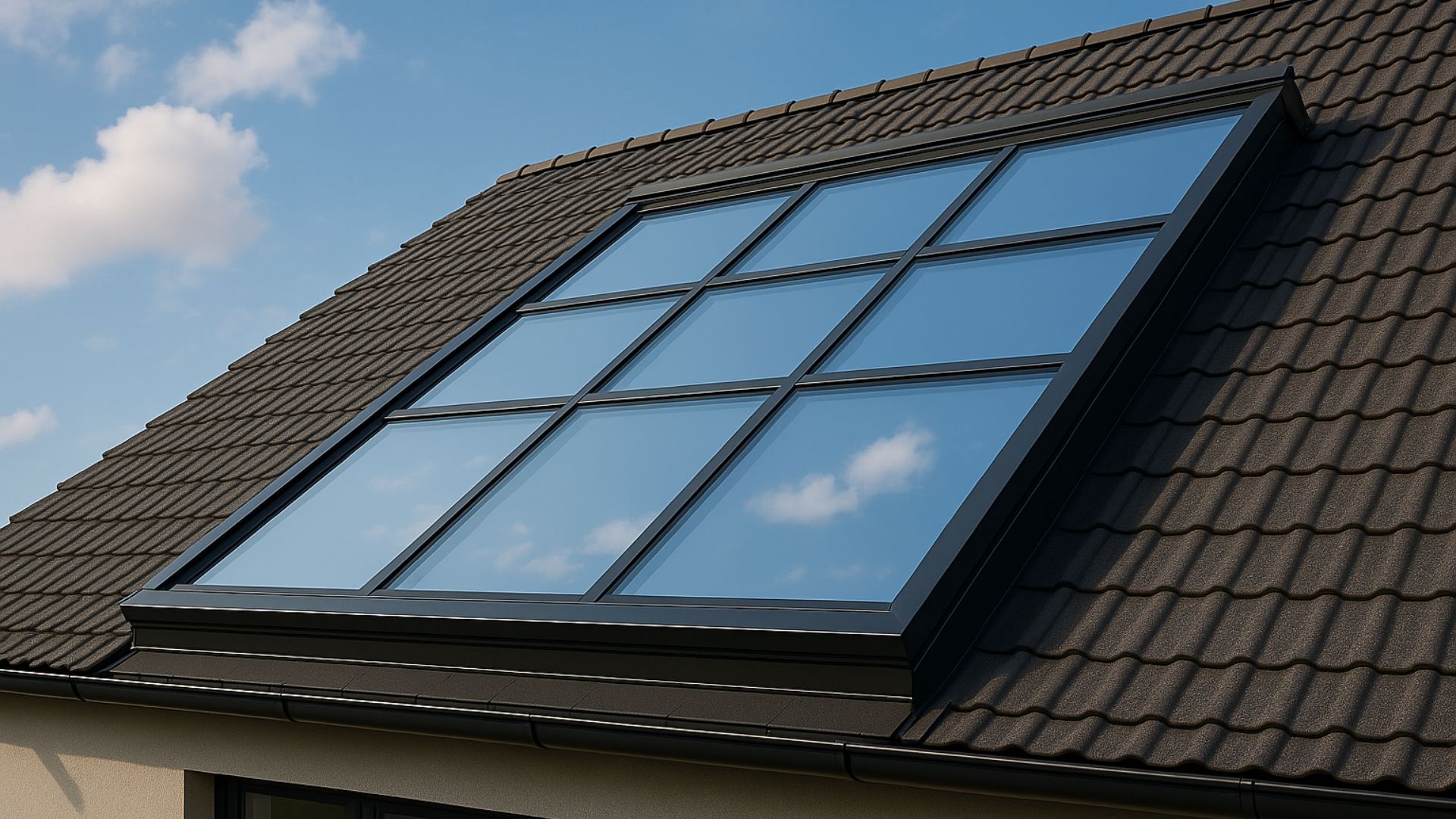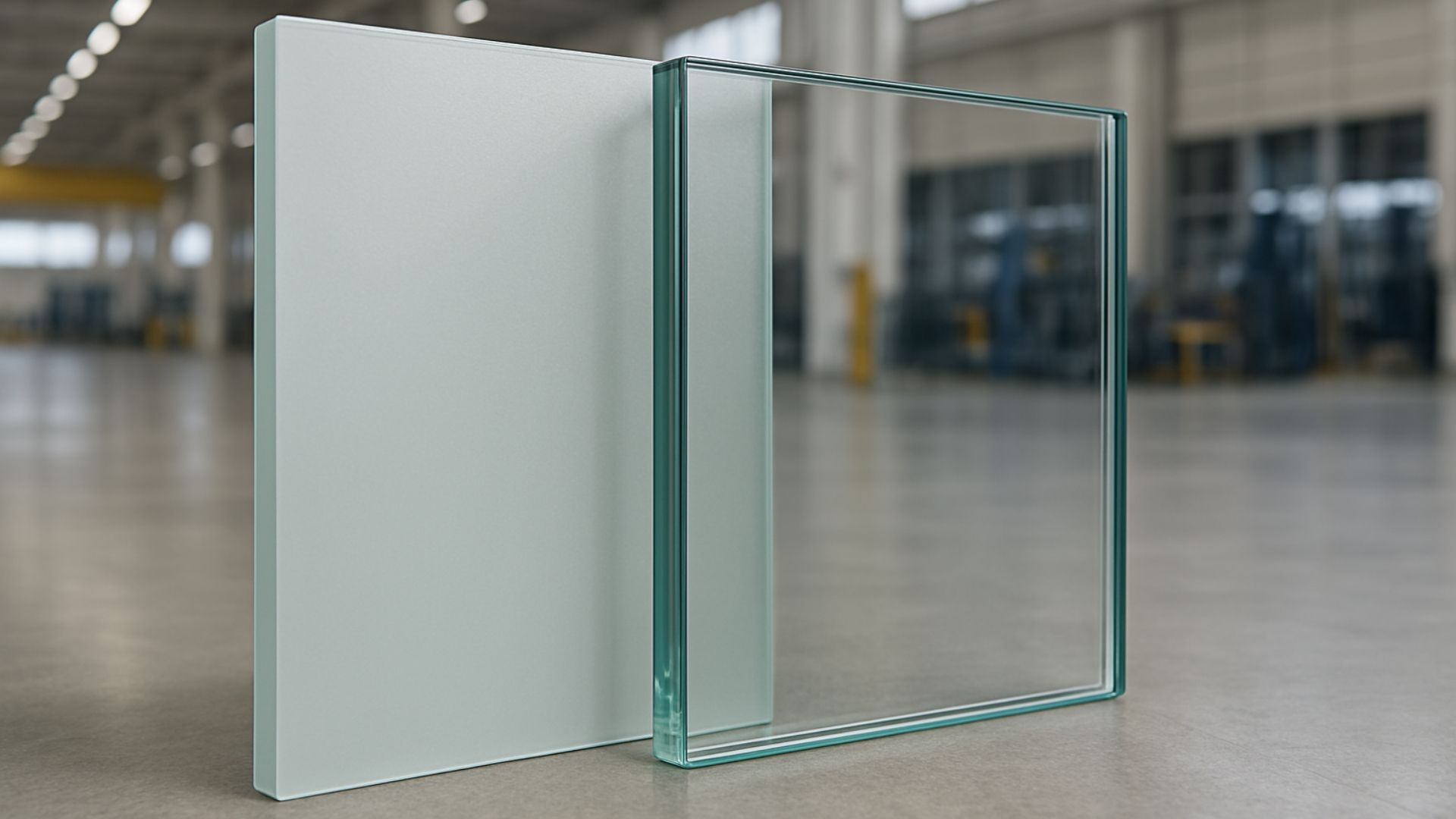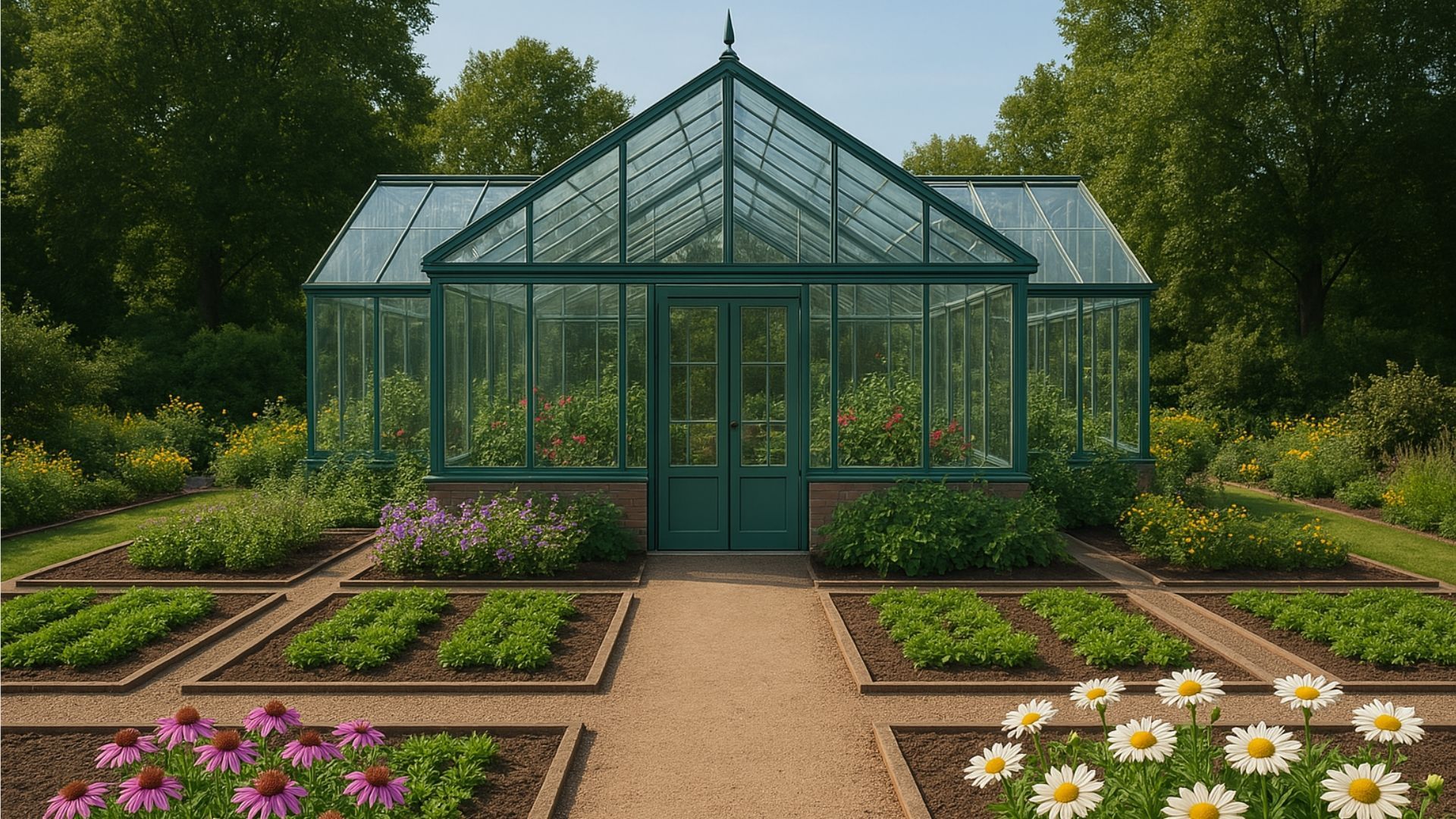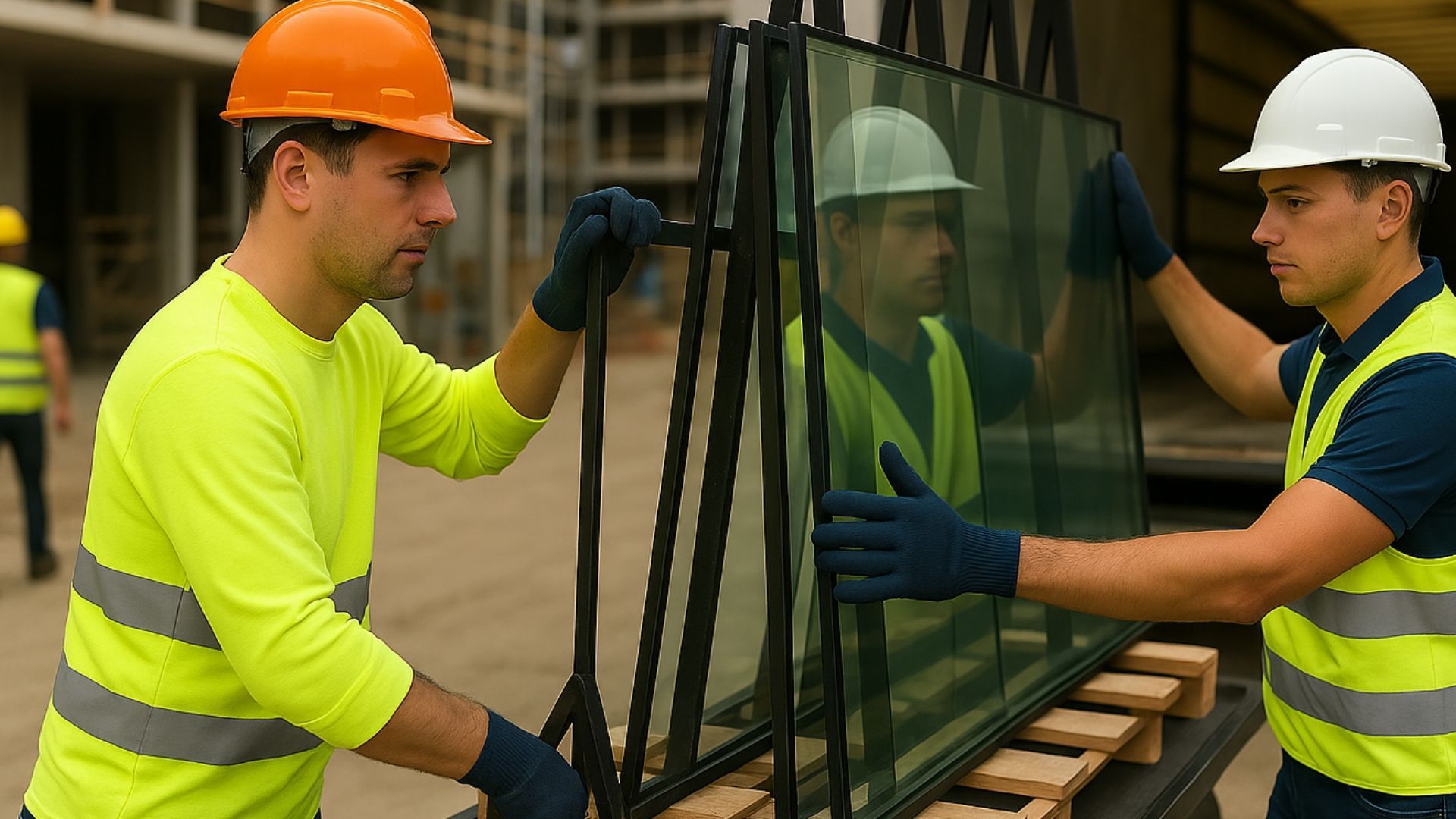
Glass has been a staple of interior design for years. Discover 5 trends that are taking it to the next level.

Take a look around your home. Whatever room you're in, you're bound to clap eyes on something made of glass.
Yes, glass is everywhere – and it plays, as it's always played, an important role in interior design. From the humblest mirror to the shiniest chandelier, glass has a way of maximising light and space with style and shimmer.
It's a staple material that's been used to decorate domestic settings for as long as it's been manufactured. But the world of interior design is always moving. Designers are constantly coming up with new ways to use trusted materials in creative ways.
In this article, we run through five uses of glass in interior design that are bang on trend. We hope it gives you some inspiration.
First up: an 80s classic that's making one hell of a comeback.
1. Glass bricks
Glass bricks were patented in 1886 but became especially popular among architects and designers in the 1920s. A famous example is the Maison de Verre in Paris – a hangout for Surrealist artists with a facade built entirely from glass bricks.
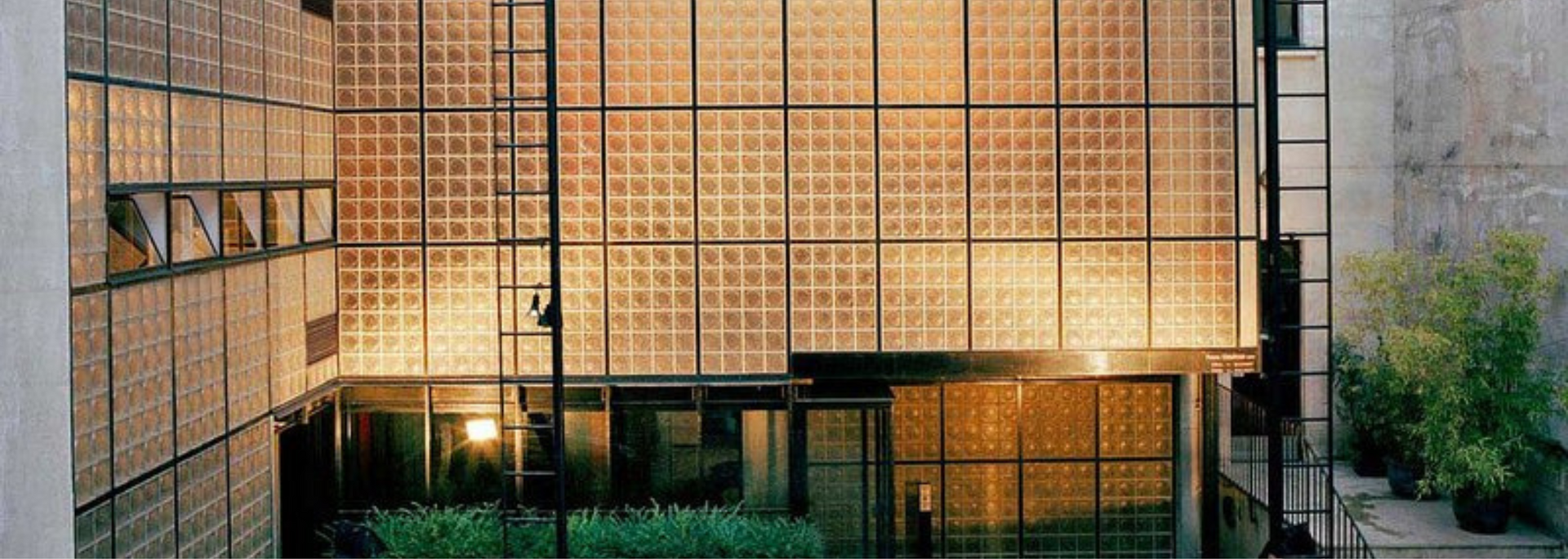
They soon fell out of fashion but came back with a vengeance in the 1980s. Their combination of a sleek industrial sheen with the ability to let in natural light made them a popular choice of material for showers, shelves and partition walls.
Until recently, they've been seen as more than a little
passe. Trends, however, have a way of coming back – and it looks like glass bricks' hour has come.
Glass bricks can be used in any interior setting where more light is needed: shower enclosures, wall dividers and skylights, to take three examples. They can also be used as an innovative material for floors, tables and tiles.
Finally, they're increasingly turning up as the principal material for splashbacks. On top of their aesthetic appeal, they're easy to wipe down, making them ideal for kitchens and bathrooms.
2. Smart glass
Smart glass – or switchable glass – is a type of glass that can go from transparent to opaque at the switch of a button. It's increasingly popular in office spaces and medical settings – essentially any location where privacy is needed on demand.
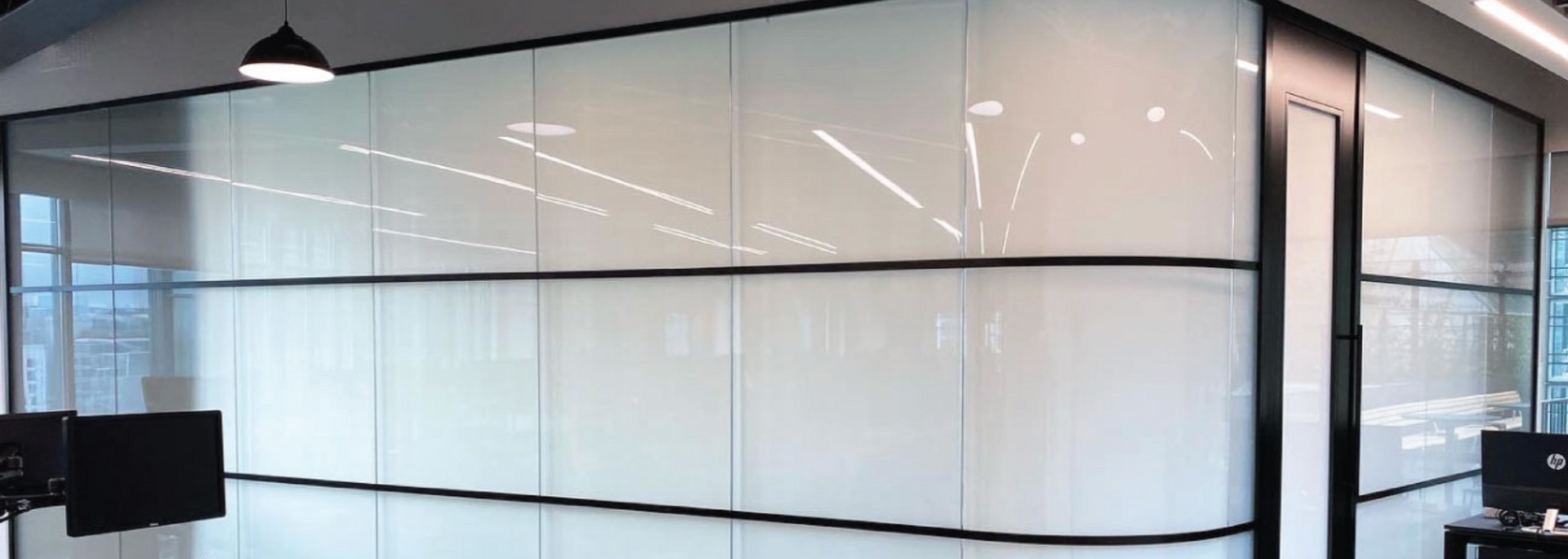
But it's also starting to be seen more and more in domestic interior design. It can be used for windows, doors, shower enclosures and even room dividers.
It's not the cheapest type of glass – but it does provide increased privacy, comfort and aesthetic appeal to domestic interiors.
3. Biophilic design
We've written
elsewhere about biophilic design. It's an approach to architecture and design that focuses on bringing the natural world into domestic and other indoor spaces.
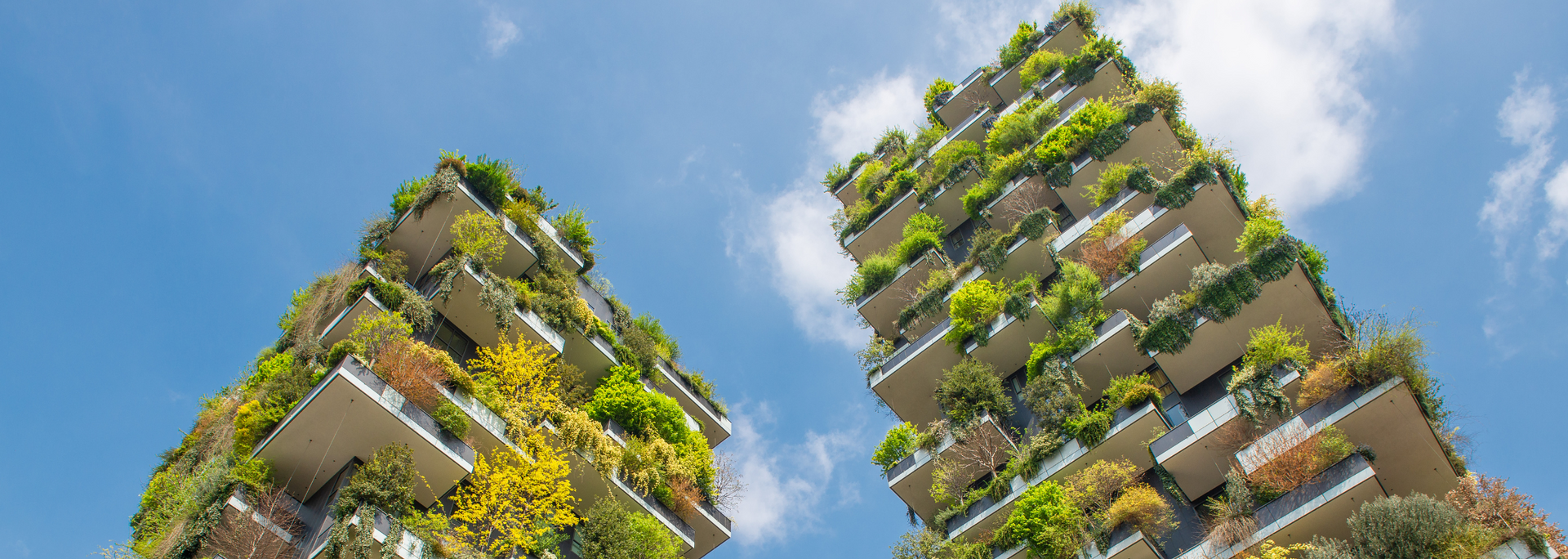
It's a versatile trend that covers everything from indoor foliage to natural materials and earth tones. The effect is simultaneously relaxing and energising as occupants live, work and play in buildings that are more connected to the natural world.
Glass plays a big part in biophilic design. Natural light is key – so it's only natural (no pun intended) that large windows should feature heavily.
As well as letting the light in, windows can help create sustainable, "green" buildings. Good-quality glass will retain heat in winter and keep it out in the summer, meaning lower carbon emissions (and lower energy bills!)
4. Coloured glass
Anyone who's been inside a church will tell you that coloured glass can add mystery and beauty to the most austere of spaces.
But there's no reason why it should be limited to public spaces like churches, libraries and galleries. A bit of coloured glass can make a huge difference to domestic settings, too.
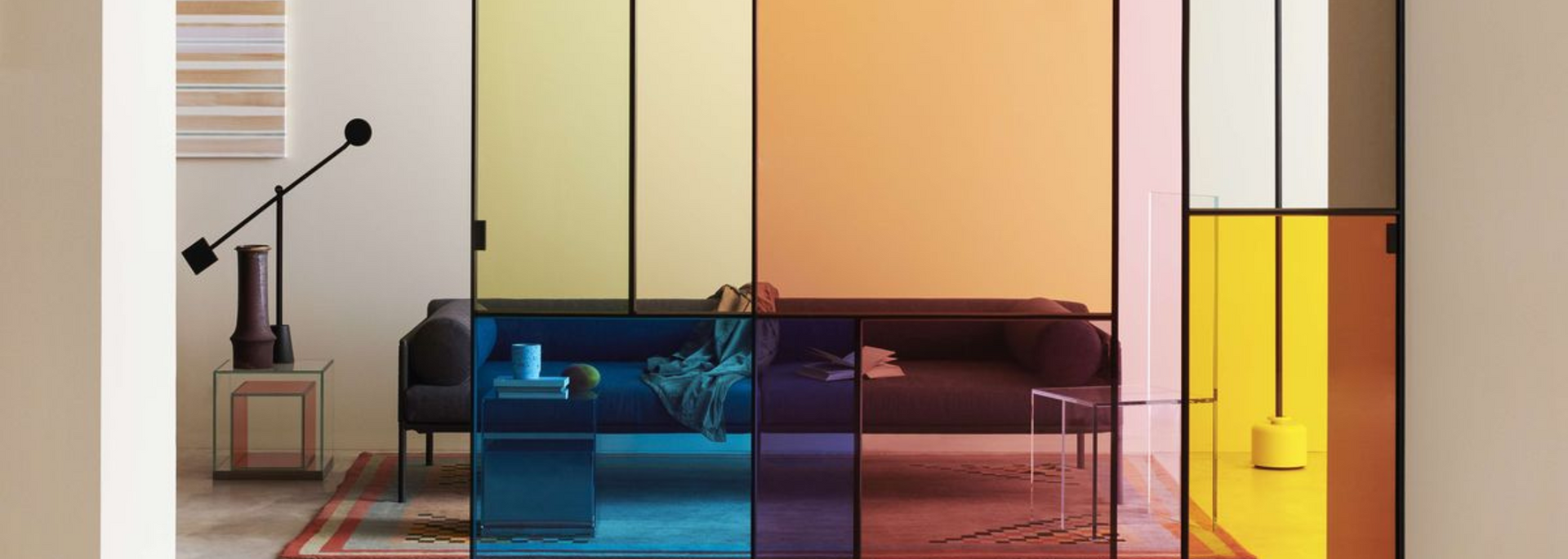
You could have a skylight spilling multi-coloured fragments onto the floor. Or patio doors letting it come crashing softly through. Or a shower of rainbows from a bay window.
These days, the options for coloured glass are pretty much limitless. The interlayer in a sheet of toughened glass can be any colour – or combination of colours – under the sun. You could go for soft earth tones or primary colours, a single block of colour or a kaleidoscope effect.
So if you're finding your home a little on the drab side, why not cheer it up with some well-designed, well-placed coloured glass?
Coloured glass is something of a staple in interior design – but with interlayers of ever-increasing toughness and versatility, it's more on-trend than ever.
5. Digitally printed glass
Like coloured glass and smart glass, digitally printed glass has a way of enlivening otherwise workaday surfaces.
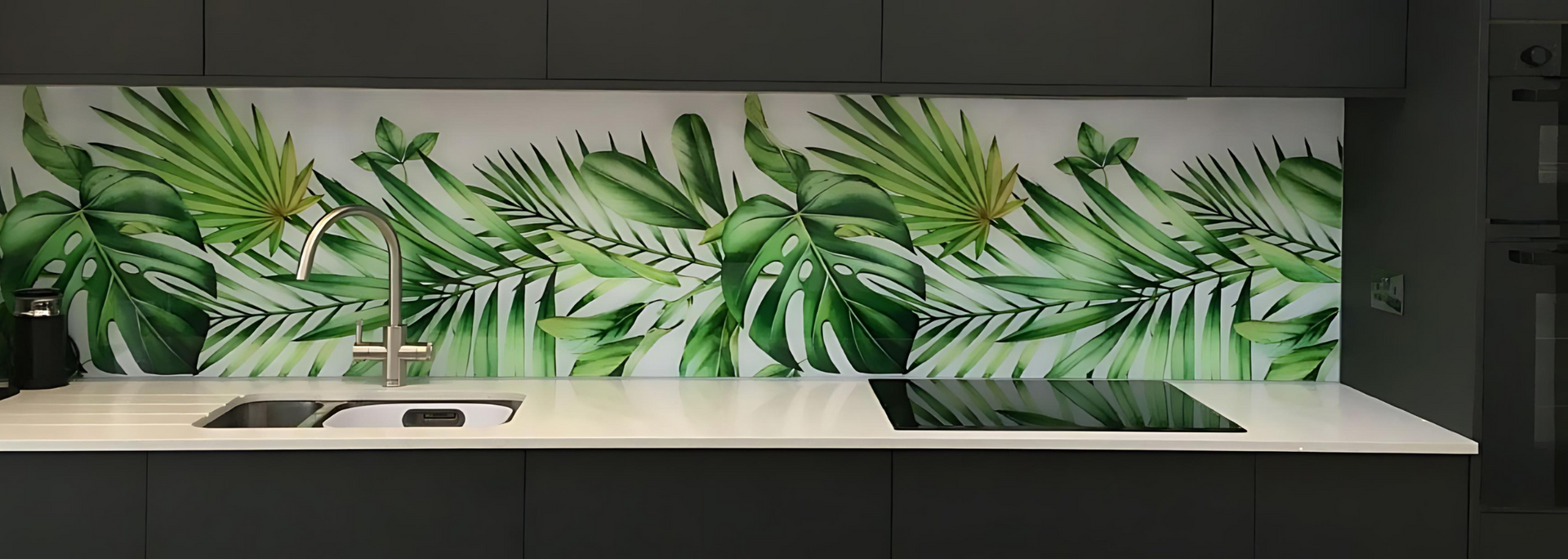
Digital printing does what it says on the tin. You can print words, images or a combination of the two onto the glass with ceramic inks.
And these aren't just any inks. They're "baked into" the glass rather than simply superimposed. This has two main benefits: durability and image quality.
Durability, because your design will last as long as the glass itself. And image quality, because you can print photorealistic designs onto the glass.
Digitally printed glass can be used in all sorts of ways: on kitchen splashbacks. On coffee table glass. On signs. Even on shower doors. It's a great way to stamp a bit of personality onto your home.
There's never been a better time to explore the world of digitally printed glass. Processors are better equipped than ever to turn your design vision into vibrant reality.
Final thoughts
The world of interior design is always evolving – but most of the time, even the most striking innovations centre on the same few staple materials. It seems that there are some materials you just can't beat.
Glass is certainly a material that makes the shortlist. As well as maximising light in living spaces, it can provide an eye-catching surface for designs or simply add an elegant sheen.
Trends come and go, but glass will always play an important role in interior design. We hope you find a way of using it that will help make your house a home.
Are you curious about the different
types of decorative glass? ToughGlaze has one of the UK's largest collections of decorative glass products. Don't hesitate to
get in touch – our friendly, knowledgeable team will be happy to talk you through your options.
Join Our Newsletter — No Spam, Just Expert Tips and Updates for Your Next Construction Project!


| ToughGlaze LTD


